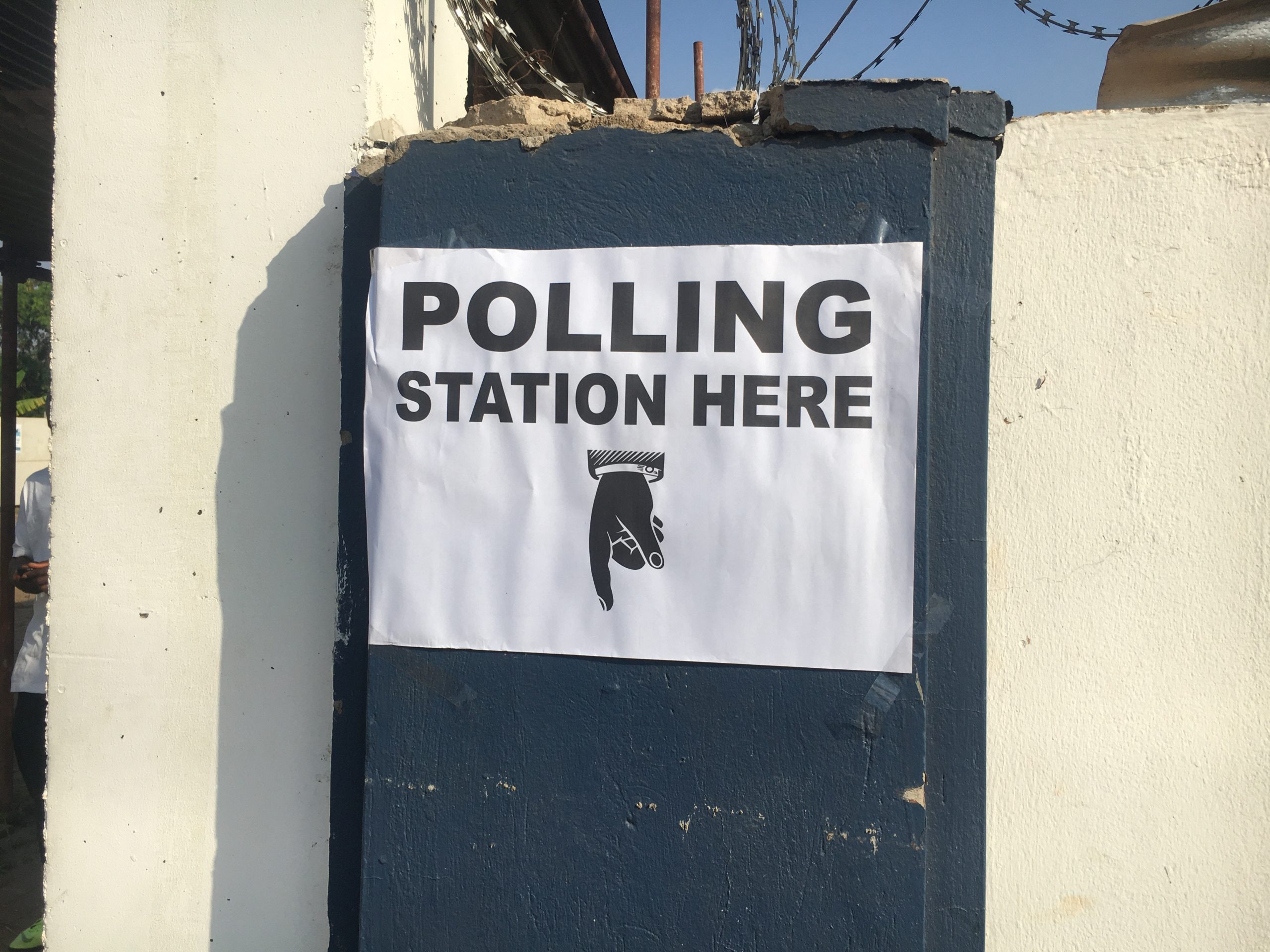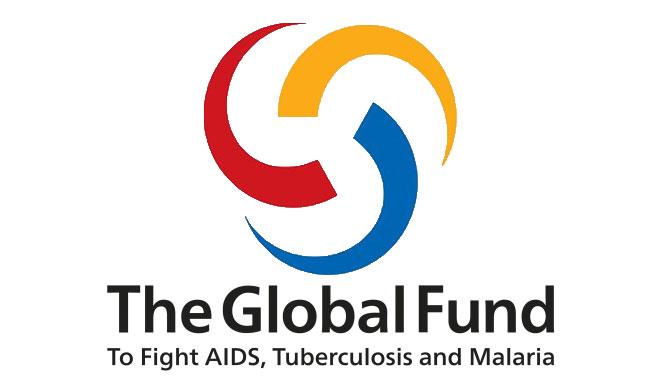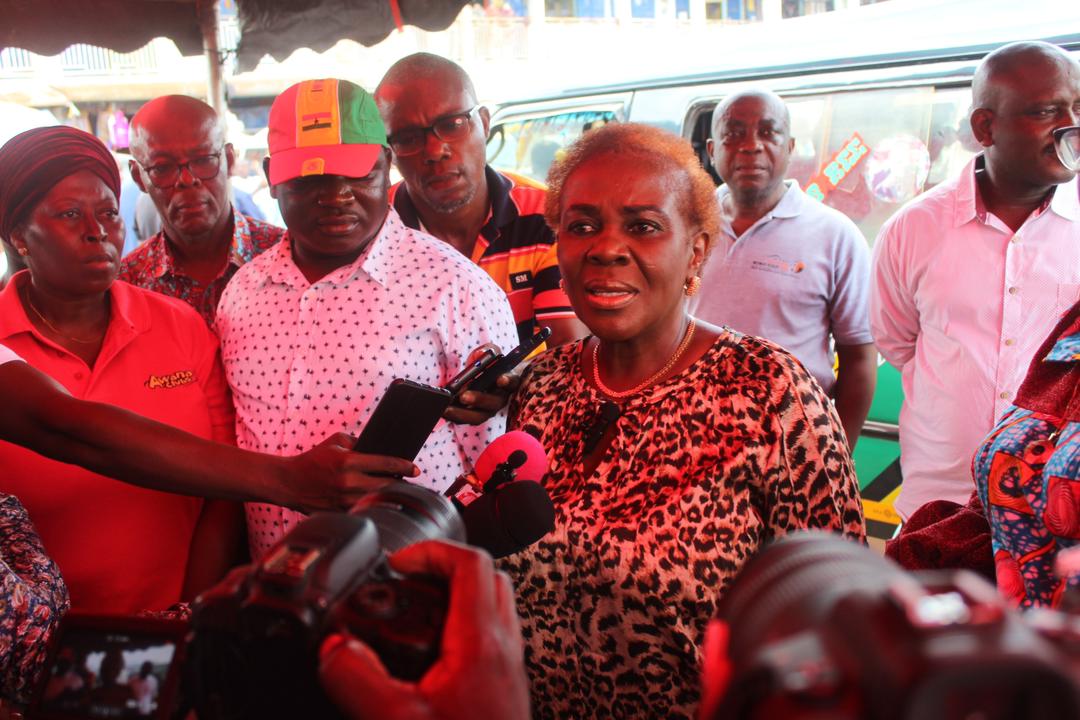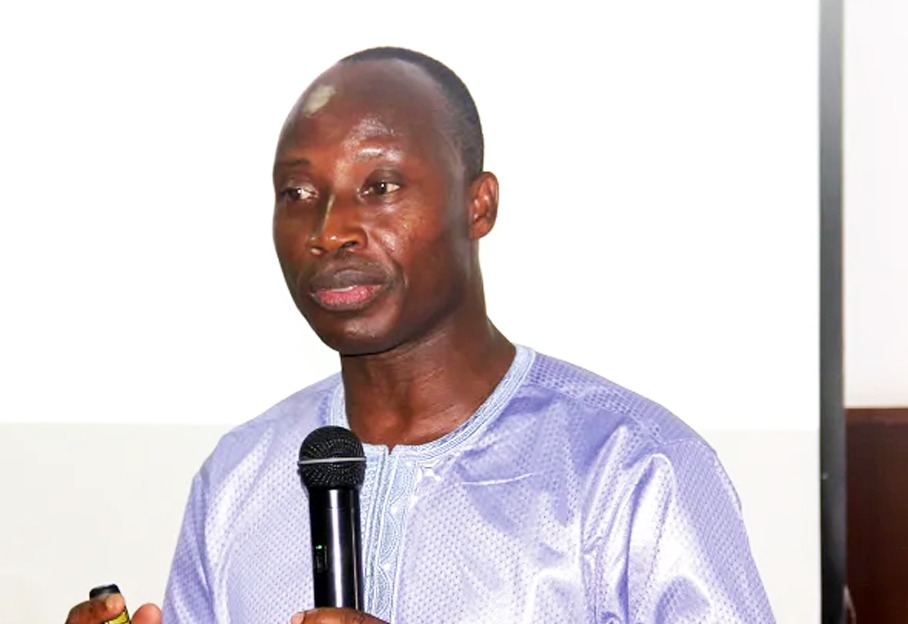
By Cina Lawson and Rory Stewart
For decades, the international community has grappled with the challenge of ending extreme poverty, which is the leading Sustainable Development Goal for 2030. Despite some progress, we remain far off track, with an estimated 700 million people still struggling to survive on less than $2.15 per day. Unlike in previous decades, however, we now have a solution that can be scaled up rapidly to accelerate the end of extreme poverty: direct cash transfers to the poorest households.
The concept itself is not new. Cash aid has proven effective, especially in the face of emergencies. During the COVID-19 pandemic, one of every six people in the world received some cash assistance. Direct transfers are powerful tools for helping individuals to take control of their lives and invest in their families’ well-being. That is why high- and middle-income countries are increasingly incorporating cash aid as a central part of their social safety nets. Still, it is estimated that less than 5% of the $200 billion spent annually on international development is allocated to cash transfers.
The positive impact of cash transfers is well-documented and undeniable. The upshot from more than 300 randomized control trials is that transfers can boost incomes more than twofold; increase school enrollment and entrepreneurship; decrease skipped meals, illness, and depression; and reduce domestic violence. Importantly, they neither reduce hours worked nor increase spending on temptation goods like tobacco and alcohol. Better still, every $1 transfer has a spillover effect of around $2.50 in the local economy. Three years after the transfer, recipients are still earning more and are better educated. Recent research from Kenya showed that a $500 lump-sum cash transfer was particularly effective in empowering families to make income-generating investments.
Equally important, we now have the technology to reach the world’s poorest people en masse with direct transfers. New digital technologies have dramatically lowered the cost and expanded our capacity to deliver money safely to the poorest parts of the world. During the pandemic, Togo used mobile-phone data and satellite imagery to identify and target people in need of relief. Its NOVISSI program leveraged the basic USSD technology on all mobile devices (similar to SMS text messaging) to reach and validate recipients, distributing $34 million to 920,000 beneficiaries.
Having been carefully studied, Togo’s successful pilot is now being scaled up to a $100 million program, with World Bank support. Similarly, India enrolled 1.3 billion people in its digital ID system in the space of just six years, facilitating rapid growth in digital payments and enabling seamless cash transfers to the country’s remotest areas.
Now that these and many other programs have demonstrated the effectiveness of cash transfers, the question is how to globalize this solution. Building on the insights of an international working group we recently co-chaired, we propose establishing a new global fund dedicated to eradicating extreme poverty through lump-sum direct cash transfers. This solution would help countries expand their use of digital cash transfers by expanding existing social-protection programs or starting new ones. The money required would come from a mix of philanthropists, institutions, and governments, similar to how the Global Fund to Fight AIDS, Tuberculosis, and Malaria raises its funds. Crucially, these transfers would be offered not as a substitute for other interventions, but rather as a complement.
After all, if families still lack access to health care, education, and employment opportunities, additional cash will not help as much as it could. As a complementary measure, however, the benefits of that cash would extend beyond the initial payment. Individuals and families equipped with mobile money accounts would gain access to a financial lifeline, enabling them to save, start businesses, or receive remittances from abroad. At scale, this infrastructure accelerates underserved communities’ financial inclusion, and empowers national governments to provide emergency cash support during disasters and to offer long-term benefits to vulnerable populations.
While direct transfers alone will not end extreme poverty, they represent a concrete first step toward catalyzing wider action. As with the strategy for tackling HIV – whereby an agreement to distribute anti-retroviral treatment preceded larger reforms to health systems and measures to encourage behavioral changes – a swift, unified initial step can make a daunting problem more manageable than we thought.
It should be unacceptable in today’s world that hundreds of millions of families still struggle for food and adequate shelter. Children shouldn’t face stunted growth and development, or be unable to complete their education. This type of poverty isn’t just painful; it is a tragic waste of human potential.
By improving dozens of outcomes simultaneously, cash transfers offer a transformative solution to multidimensional poverty. They have already proven effective, adaptable, and replicable, and now they are becoming more attainable every year with growing mobile coverage and improved digital infrastructure. This technological diffusion offers a historic opportunity to break the cycle of extreme poverty and desperation. For the first time, the world has both the money and the methods to succeed. What are we waiting for?
Cina Lawson is Minister of Digital Economy and Digital Transformation of Togo. Rory Stewart, a former foreign aid minister of the United Kingdom, is a senior adviser at GiveDirectly.
Copyright: Project Syndicate, 2024.
www.project-syndicate.org
The post A global cash-transfer fund could end extreme poverty appeared first on The Business & Financial Times.
Read Full Story



















Facebook
Twitter
Pinterest
Instagram
Google+
YouTube
LinkedIn
RSS